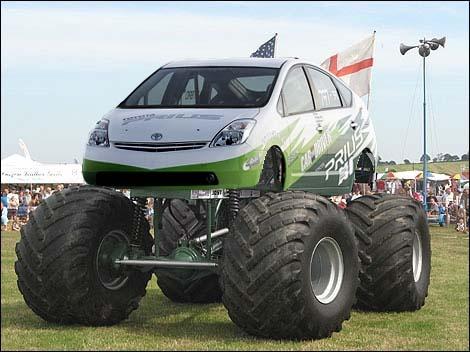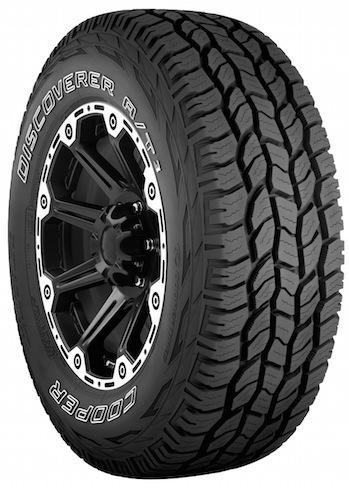Raise your hand if you'll be taking a road trip this year. Probably most of you reading are planning a trip with the family or maybe out with the guys and you've likely thought about the importance of checking your oil before you go but it's also critical to consider the part that actually keeps you on the road and safely between the lines. Yup, that's right - I'm talking about your tires!
Tires Don't Wear Evenly
I'm sure you've gotten a tire rotation but chances are you may not really understand why that is necessary. The simple answer is that at a very basic level the weight on the front and rear axles of your car differ, leading to uneven wear patterns. Also, the left and right tires may similarly wear differently depending on driving conditions.
By rotating them, you can spread the wear evenly to all four tires and prolong their lives. This also makes it more convenient since you can buy all four at the same time vs having one wear out and then six months later another needing to be replaced.

Traditionally, the trouble is that except for a trained professional using a tool to measure the tires, it is tough to determine when a tire needs to be replaced. With the "Wear Square" found on the Discoverer SRX though, you'll be able to easily track the changes as you can see in the images above vs below. This is a great comfort since you can do it any time vs having to ask someone (who probably wants to sell you a new pair anyhow!) to check for you.
Off-Road Tires are More Than Big Knobs
In the old days, off-road tires were all about big knobs to grip uneven surfaces. Today though, while there are definitely deep grooves you can see that off-road tires like this Discoverer STT Pro below, but it's designed to not sacrifice on-road performance.
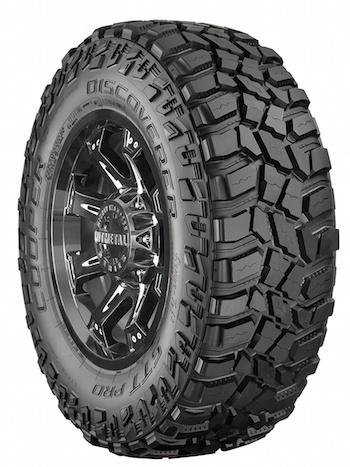
For instance - notice how the center channel is designed? That allows for high performance - even on the highway, while the deep grooves allow for great traction on the trail!
Traction and Fuel Economy Aren't Exclusive
You may think that fuel-efficient tires - ones with a low rolling resistance - may also be poor at handling slippery surfaces like a wet road. However, tire engineers today have made incredible strides towards tires that grip in all weather and all terrain but are also super efficient. The Discoverer A/T3 example.
It's silica based tread provides excellent wet traction and handling on the highway, but also improves cut and chip resistance in harsh rocky and gravel terrain. It maintains it's efficiency though by featuring a dual draft tread and lateral groove protectors that reduce stone retention, while the broken center rib improves soft surface traction.

Heat Kills Tires Fast
As good as a new set of tires may look and feel, they aren't designed to go a 100 mph through hot desert roads for hours at a time. It's important that you obey speed limits and pay attention to the conditions of the road. High speeds and high temperatures can accelerate the atrophy of your tires and potentially cause catastrophic damage.
The takeaway here is drive safe and follow the speed limit. Even if you do have a blow-out, by driving safe you'll be able to recover quickly and reduce the chance of impacting other drivers around you.

Not All Tires Are The Same
I used to think that all tires were the same. After All, they are all generally black rubber with grooves so I'll just get the cheapest out there. What I've found is that even within a brand such as Cooper, there are significant differences between different types of tires and each style is designed for a specific purpose. Some sacrifice noise for traction, some are better on wet surfaces than others, and some are designed specifically for heavier cars like SUVs and CUVs.
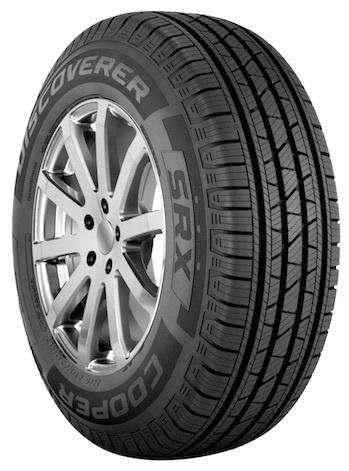
For instance, the Discoverer SRX (designed for SUVs and CUVs) features the Wear Square and the tires are designed for use specifically in SUVs and CUVs.
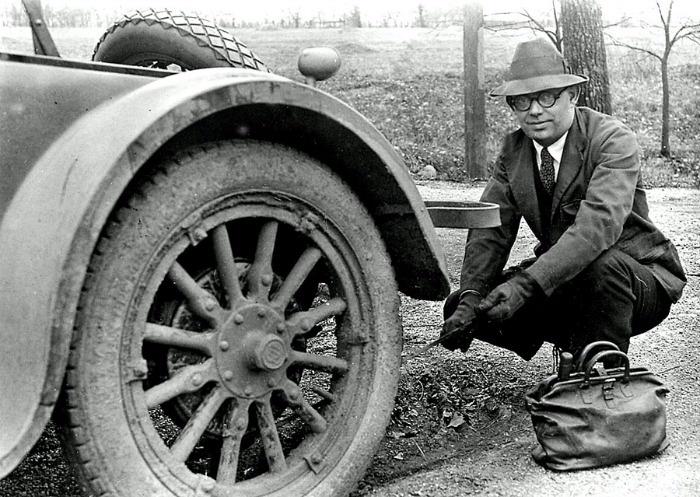
So there you have it! It's pretty incredible how far tire technology has come over the past 100 years.



